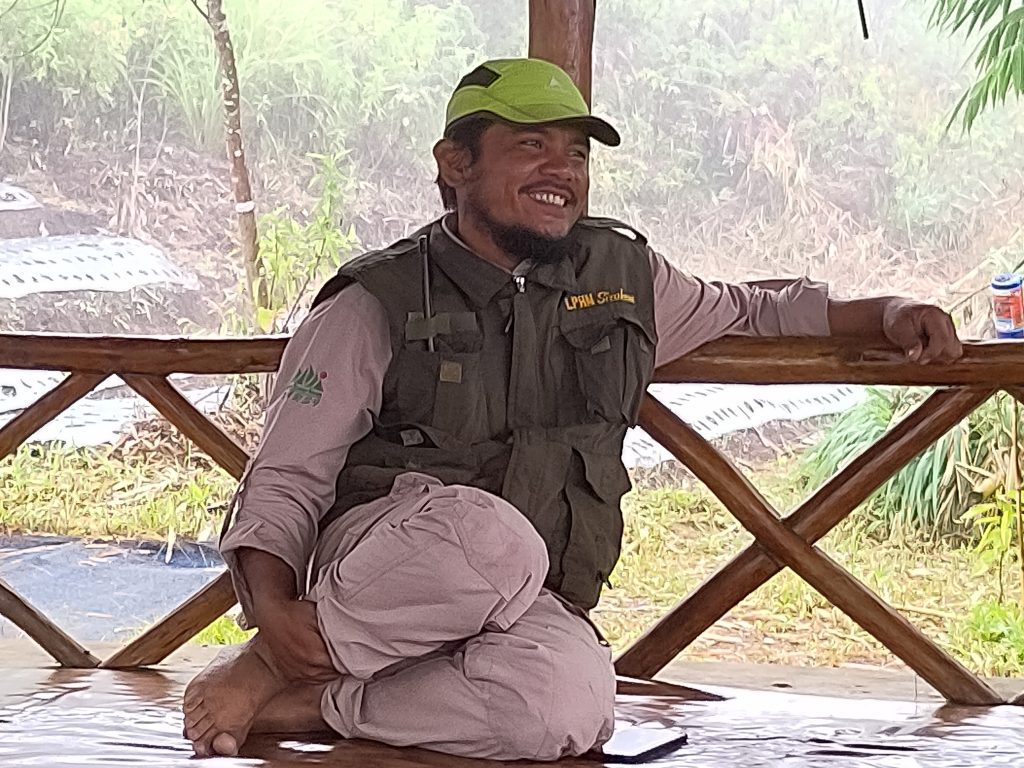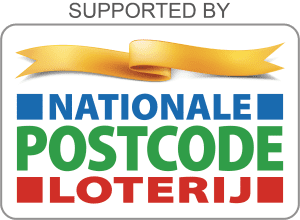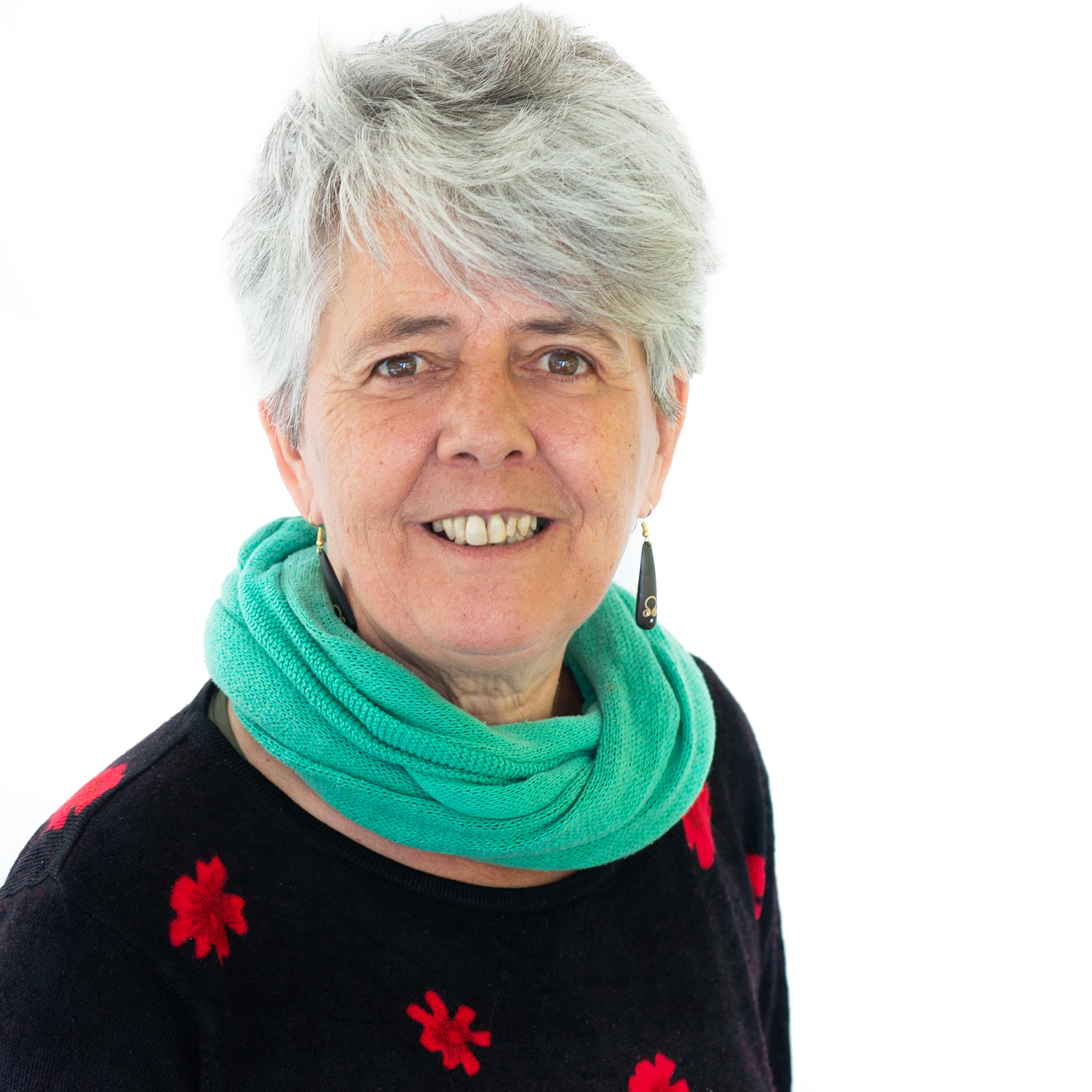This is what the economy of the Amazon…
10 July, 2024
Monday 12 june 2023
Header photo: Hutan Nagari Sirukam (c) KKI WARSI
‘Two third of our village area consists of forests. The forests form the water catchment area for the Batang Laweh river. The river is the irrigation source for rice paddies that form the main livelihood for most of the villagers. ‘More than 90 percent of the Sirukam communities depend on agriculture for their livelihood and rice is our staple food,’ explains Jumadi. ‘We have to preserve the water source and ensure that the river flows all year round for the rice cultivation. This means we have to keep the forest in tact’.
‘Till recently our village did not have any rights to manage the forest even though we have been living in and with the forest for many generations. The forests were under severe pressure from illegal logging, leading to conflicts between communities. It was clear to us that to stop the conflicts, we needed to protect the forest and provide the people who used to log trees with an alternative livelihood.’
At this point IUCN NL’s Indonesian partner organisation WARSI, supported by IUCN NL through the Green Livelihoods Alliance, came in. They explained the Sirukam communities how they could use the Indonesian social forestry programme (see box) to obtain management rights for their forests. WARSI facilitated the process and in 2014, the Sirukam village obtained a social forestry permit and established the Village Forest Management Group (VFMG) to manage the forest area in and around the village.
Indonesia’s state forest land is currently around 125.9 million hectares, which is about 64 percent of Indonesia’s land area. The forest ecosystems are home to an estimated 10-15 percent of the world’s animal and plant species[1]https://www.undp.org/blog/indonesias-social-forestry-programme-supports-livelihoods-and-climate-action, provide important social, cultural and economic functions, give protection against natural disasters and form the basis for the livelihoods and well-being of some 40 million indigenous and local people in Indonesia.
Despite their unique value for biodiversity and climate, Indonesia’s forests are under threat from industrial agriculture, extractive industries and infrastructure development, which result in the destruction of forests, including their biodiversity, and in many cases lead to the confiscation of lands used by indigenous peoples and local communities (IPLCs). Having no territorial rights, many IPLCs risk being deprived of their livelihoods and their capacity to effectively and sustainably manage their forests and other natural resources.
To address the problem of forest loss, the Government of Indonesia introduced a social forestry programme through which communities can obtain forest management rights for 35 years. The programme not only aims to protect forests, but also to improve the welfare for forest-dependent communities.
In 2016, the national government pledged to massively boost the area of forest land managed by communities – from 1.7 million hectares to 12.7 million hectares – in the following five years. However, progress towards the target has been slower than expected and in 2022, only 40% (5,087,754 ha) of the target was realized (data from Indonesian Ministry of Environment & Forestry) due to the long and complicated bureaucratic process.
Rudi Syaf, senior advisor of WARSI, explains: ‘It can take about three years to obtain a social forestry permit. The process is very complicated and involves several bureaucratic steps. The application process begins at the village level, then passes through authorities at the district, provincial and national levels before the provincial head finally grants the permit. Without support from organisations like WARSI, it is nearly impossible for local communities to obtain such a permit.’
In the first place the goal of the VFMG is to protect the forest from illegal logging and to preserve the water source. It invited the communities for critical discussions to see the benefit of the forests and the impacts of deforestation.
‘We explained that the landslides occurring in the rainy season and the scarcity of water for irrigation in the dry season were caused by destruction of the forests,’ Jumadi says. ‘It was quite challenging to direct the communities to adopt alternative livelihoods, to replace their work as illegal loggers to other businesses.’

The VFMG encouraged the planting of agroforestry crops with high economic value, such as coffee, and collection of non-timber forest products (NTFPs) such as rattan and gallo-galo honey. It also supported the establishment of a village enterprise group that is producing compost to replace (expensive) chemical fertilizers. As of now, the most profitable activity is coffee cultivation. ‘People who used to work as illegal loggers are now earning a living as coffee farmers and we have almost stopped illegal logging,’ Jumadi says.
‘The social forestry permit changed the way our communities see the forest,’ Jumadi continues. ‘They used to merely see it as a place to get wood, but now they appreciate it as a source of life that protects the springs of life. They realize the importance of sustainable forest management and truly live up to the old Minangkabau saying: “Do not leave a legacy of tears, but of springs.“
The VFMG has to establish a work plan for the forest management that is approved by the different parties in the communities. Part of the work plan is patrolling the forests to prevent illegal activities. Jumadi is one of the forest guards. ‘When we started the patrols, there were only three people to secure the forest area which covers more than 3900 ha. Now there are 25 of us.’ At regular times, and when they are alerted by detection devices in the forest, the forest guards walk through the forest to prevent illegal activities like logging or gold panning.
The social forestry permit and the obligation to sustainably manage the forests, ask for a different economic organisation of the village. Village enterprises are developed and funds are sought to enable the work of the VFMG and the forest patrols. For the latter the VFMG joined WARSI’s Tree Adoption programme that invites people in the city to adopt a tree for IDR 200,000 per year. In 2022 this programme yielded 22,400,000 rupiah (about 1400 Euro) for Sirukam.
With the Strengthen the Roots project, IUCN NL and Wilde Ganzen support small community organisations in Bolivia, Ghana and Indonesia that stand up for nature in and around their communities, enabling them to mobilize local support for their work. Strengthen the Roots works on nature conservation that is not performed top-down, but is driven by the collective strength of community organisations. In Indonesia we are strengthening the capacity of the VFMG in Sirukam and of 10 other community based organisations in West Sumatra (VFMGs, Village Enterprises and Women Groups) that are working in the context of sustainable forest management.




| ↑1 | https://www.undp.org/blog/indonesias-social-forestry-programme-supports-livelihoods-and-climate-action |
|---|